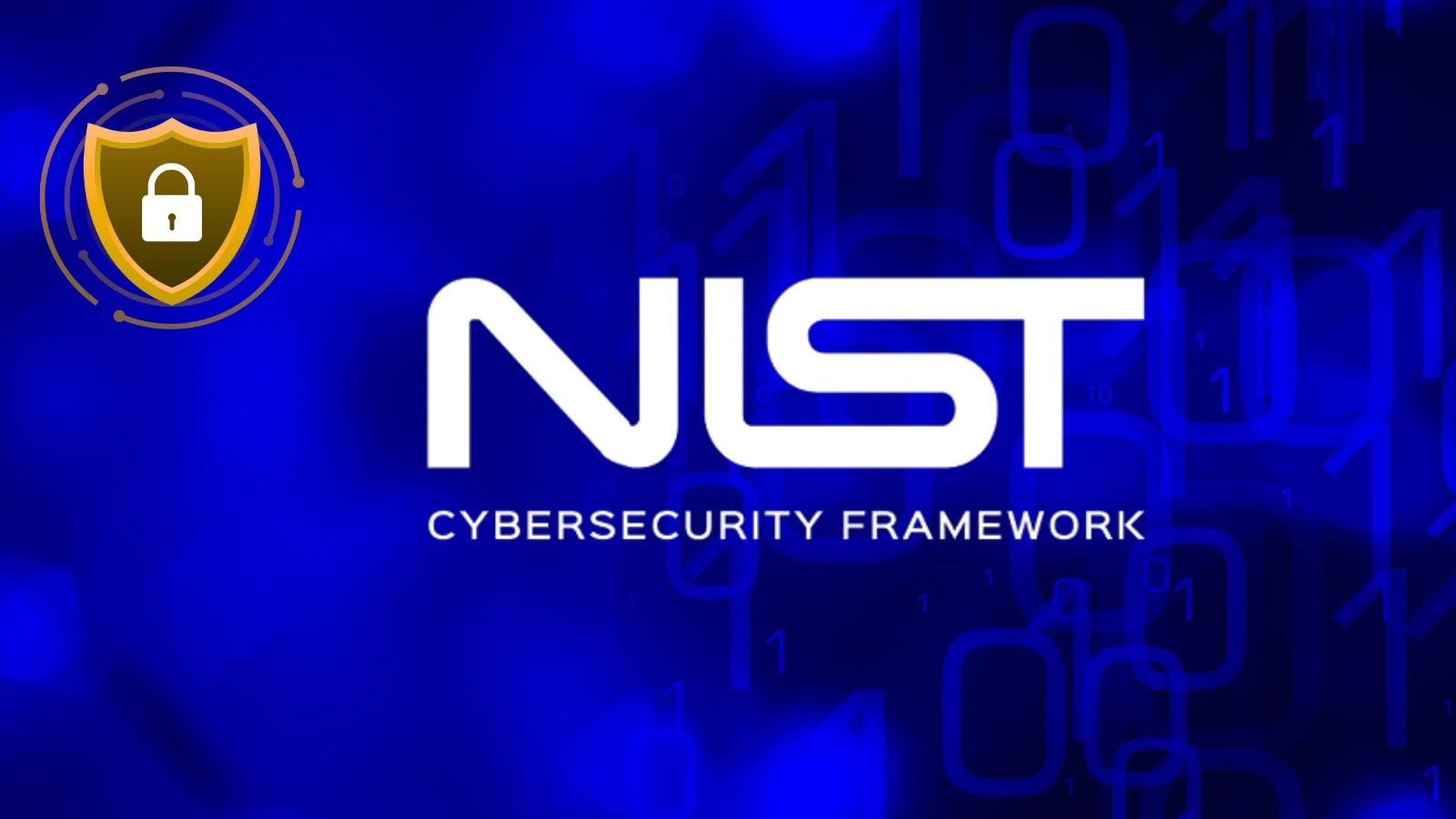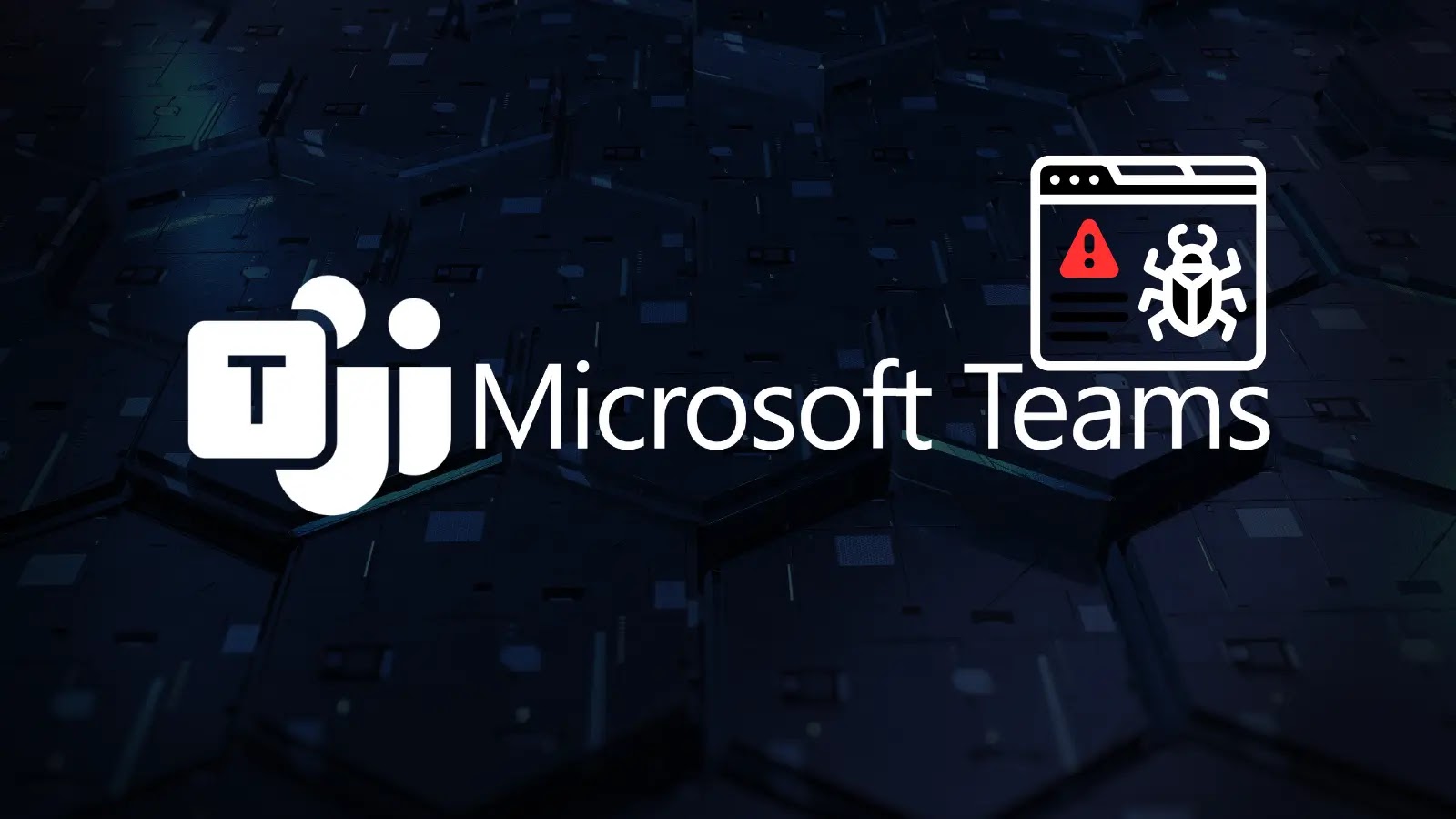In March 2025, cybersecurity experts uncovered a significant vulnerability in PHP, a widely-used scripting language that powers numerous websites and applications. This flaw, identified as CVE-2025-12345, has become a prime target for hackers aiming to exploit unpatched systems. The issue, which resides in PHP versions 8.0 and 8.1, allows attackers to execute arbitrary code on affected servers.
The vulnerability stems from a flaw in the way PHP handles certain user input, leading to a situation where malicious actors can inject and execute arbitrary code remotely. This type of vulnerability, known as a remote code execution (RCE) flaw, is particularly dangerous as it can give attackers full control over the compromised server, allowing them to steal sensitive information, install malware, or use the server to launch further attacks.
Upon its discovery, major cybersecurity firms and researchers quickly began analyzing the scope and impact of the vulnerability. It was found that the flaw affects millions of websites globally, including those of major corporations, e-commerce platforms, and government agencies. The potential for widespread exploitation prompted immediate action from the PHP development team, who worked tirelessly to develop and release a patch to mitigate the risk.
In response to the threat, the PHP team released updates for the affected versions, urging all users to apply the patches as soon as possible. They highlighted the importance of keeping PHP installations up-to-date to protect against such vulnerabilities. Despite these efforts, many systems remain vulnerable due to slow adoption of patches or lack of awareness among administrators and developers.
The exploitation of CVE-2025-12345 has already been observed in the wild. Cybercriminals are actively scanning the internet for vulnerable servers to exploit, leveraging automated tools to deploy their attacks swiftly. Once the flaw is exploited, attackers can insert backdoors into the system, which can be used to maintain persistent access even after the server has been patched.
To mitigate the risk of exploitation, organizations are advised to follow best security practices, including timely patch management, regular security audits, and the use of additional security layers such as web application firewalls. Developers are also encouraged to sanitize user inputs and implement strong authentication measures to reduce the potential attack surface.
The incident underscores the critical importance of proactive cybersecurity measures and the need for organizations to stay informed about the latest threats and vulnerabilities. It also highlights the collaborative efforts required between software developers, cybersecurity professionals, and end-users to ensure the safety and integrity of web applications and data.
As the digital landscape continues to evolve, the discovery of vulnerabilities like CVE-2025-12345 serves as a stark reminder of the ongoing battle between cybersecurity defenders and malicious actors. Keeping systems secure is a dynamic process that requires vigilance, timely response to threats, and a commitment to maintaining best practices in cybersecurity.



